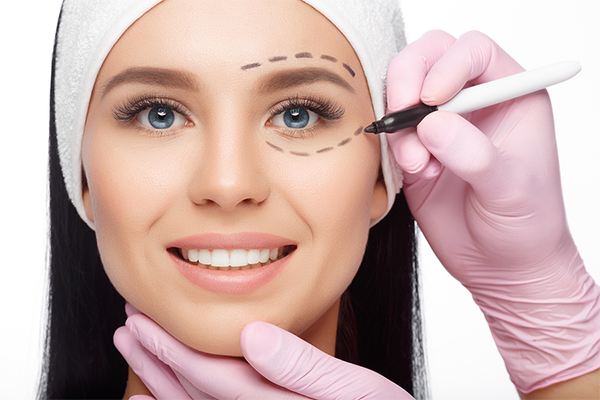You’re thinking about getting plastic surgery. But where do you start? Who’s the right surgeon for you? And what exactly can you expect?
If you’re already asking yourself these questions, you’re on the right track, said Dr. Maria Helena Lima, a plastic surgeon at Augusta University Health. “What we want is to make sure patients have realistic expectations, know the risks and what they need to do to prepare and recover from surgery, and know what to look for when they’re choosing the right doctor for them,” she said.
Trying to choose a doctor? Here’s what to look for.
Check that any plastic surgeon you’re considering is board certified and a member of a professional plastic surgery association. Any surgeries should be done in accredited or state-licensed facilities. Also ask about their experience, results and testimonials from past patients.
Do you want to look like Angelina Jolie? Well, let’s talk about that.
While you may want to bring along photos of someone else’s features to give your doctor an idea of what you’re going for, your surgeon is the best person to tell you if a particular feature is right for you. “Something that’s beautiful on Angelina Jolie might not fit a patient’s face, for example,” said Lima. “So we want to make sure the change looks good on you. Having realistic expectations is an important point. Our goal is to get as close as possible to what the patient wants, as long as it’s reasonable and fits the patient well.”
There won’t be any scars. Right?
Patients may also expect to come out of surgery scar-free, but “no one can do surgery without scars,” said Lima. “As plastic surgeons, we do make sure scars are minimal. For the face in particular, scars are usually hidden in areas like the hairline or in natural lines of the face.”
To further reduce scarring, pay attention and do what your doctor says you should do during recovery. Most importantly, avoid sun exposure for the first two or three months after surgery, since the sun can make the scar darker. In other words, don’t plan to spend a day at the beach during this time. When you must go outside, be sure to apply a sunscreen of at least SPF 30 on the scars.
Preparing for surgery could include losing weight and quitting smoking first.
Many people might think that plastic surgery can help them lose weight—like a tummy tuck for example. But, “safety is our big thing—patient safety comes before anything else,” said Lima.
Because patients typically go under general anesthesia during plastic surgery, if you’re obese with a body mass index over 30, your surgeon will likely suggest you lose weight first. That’s because there are higher risks of deep vein thrombosis, a potentially life-threatening condition where a blood clot forms in a vein in the leg and could break off and travel to the lung.
Patients may also be asked to quit smoking at least one month prior to the surgery. “Nicotine in cigarettes makes blood vessels become smaller,” explained Lima. “This means less blood to the areas where we’re operating, so wounds won’t heal as well.”
Other preparations include making sure that any medical conditions you have such as diabetes or high blood pressure are under control. Eating a healthy diet and drinking plenty of water after the surgery will also help the healing process.
“Plastic surgery is mostly elective,” said Lima. “So the benefits have to outweigh the risks. Patients need to be in the best shape and do everything they can to optimize the surgery, decrease the risks and make the results better.”





